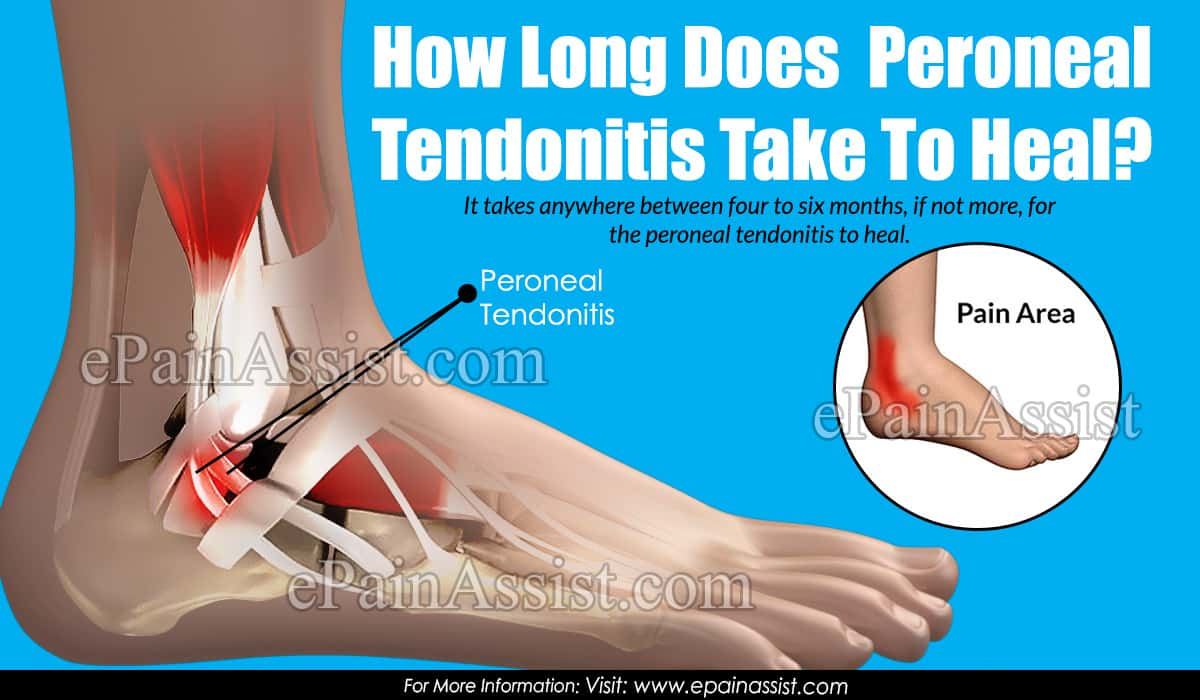Peroneal Tendonitis is a condition characterized by inflammation of the peroneal tendons. This usually happens as a result of overuse of the peroneal tendons which causes the tendons to rub on the bone causing them to get inflamed. If left untreated, the tendons swell up and become thick causing increased pain for the individual. Peroneal Tendonitis is a condition that is quite common in athletes especially runners as they are more likely to cause increased friction between the tendon and the bone while competitive running. Some of the other factors that contribute towards development of peroneal tendonitis are sudden increase weightbearing activities like running, walking, and jumping.
Individuals who do not use proper training mechanics are more likely to develop peroneal tendonitis. Individuals not wearing supportive footwear designed for activities like running can also develop peroneal tendonitis.

How Long Does Peroneal Tendonitis Take To Heal?
It takes anywhere between four to six months, if not more, for the peroneal tendonitis to heal. It is essential for the individual to be patient and take good care of the foot and follow the recommendations of the physician diligently to expedite the healing process of peroneal tendonitis.
In case if surgery is required to treat peroneal tendonitis, then it may take upwards of 8 to 10 weeks to completely recover from peroneal tendonitis. In fact, the physician will not allow the patient to bear any weight on the affected foot for a period of about six weeks postsurgery. After six weeks, the patient may then be sent to physical therapy to regain back the strength and motion of the ankle. Once through with physical therapy, it takes another four to six weeks of rehabilitation before the patient can be allowed to gradually return back to normal activities after peroneal tendonitis.
Some of the potential consequences if a peroneal tendonitis is not treated on time includes tear of the tendon which may require further aggressive treatment. If Peroneal Tendonitis is not treated then the tendons may get weak and cause frequent sprains of the ankle.
If an individual has undergone surgery for peroneal tendonitis then infection may occur as a result of the surgery and complicate things even though infection is inherent to any surgical procedure. There are also chances of nerve damage during the procedure while performing surgery for Peroneal Tendonitis.
Also Read:
